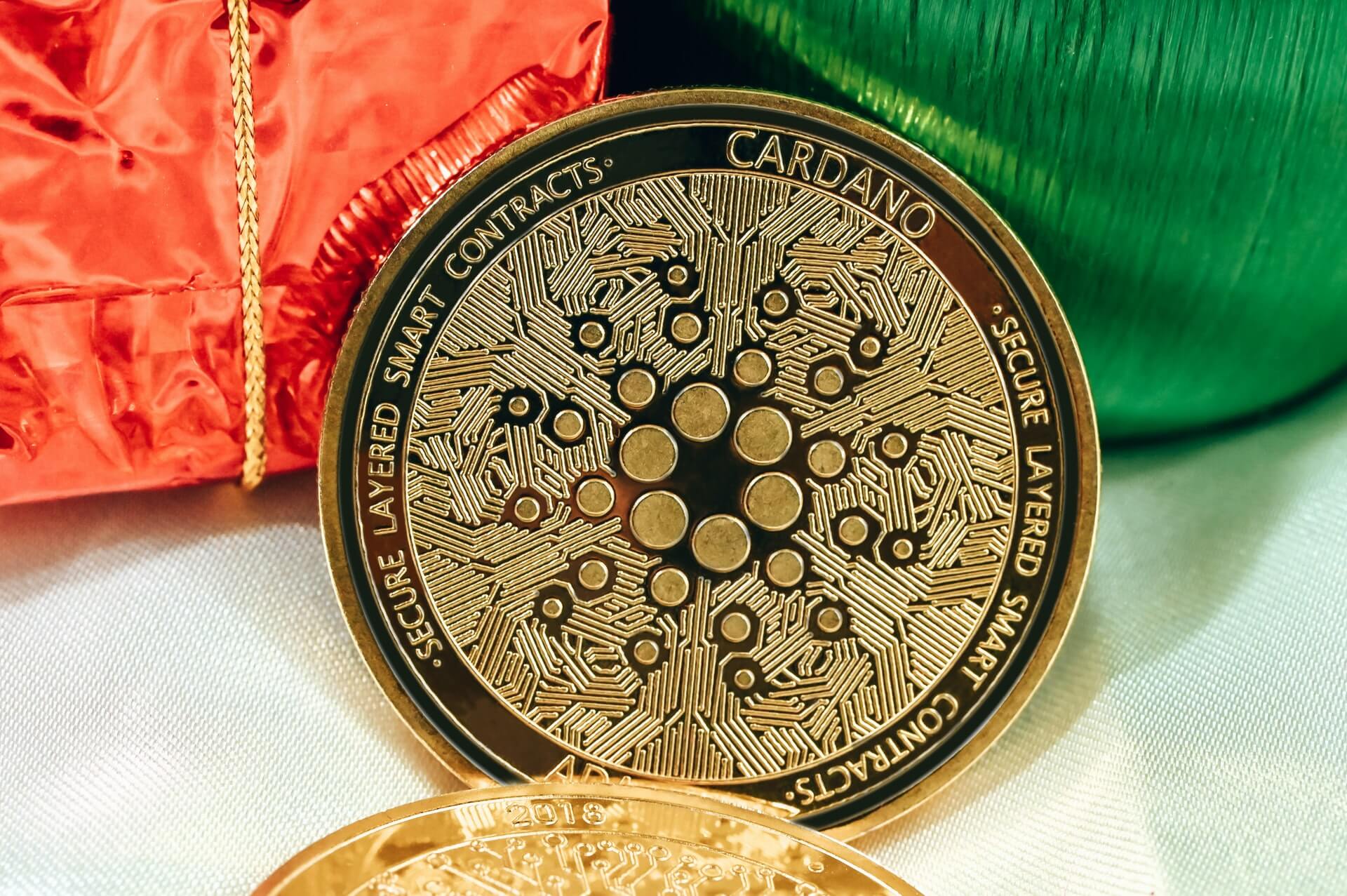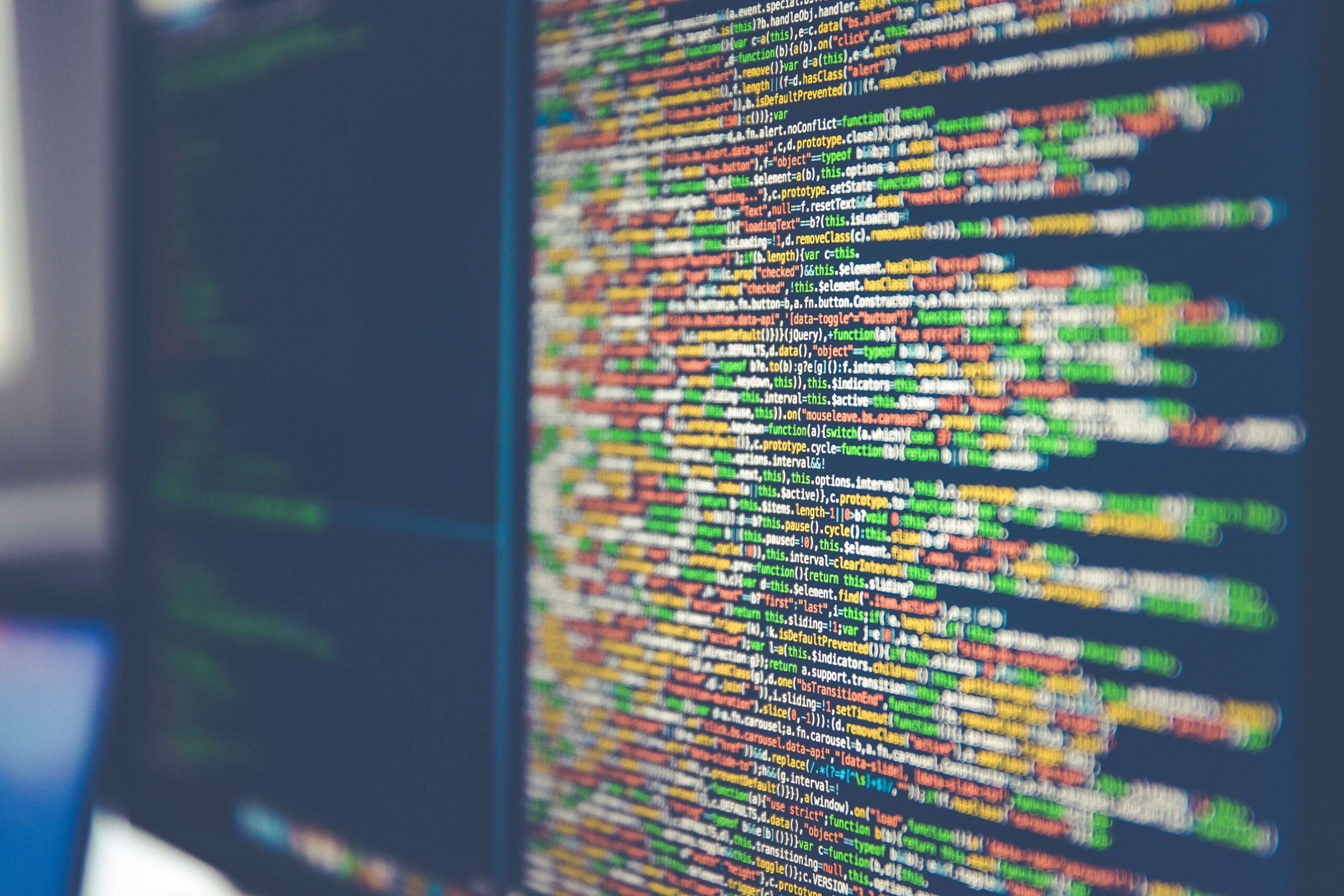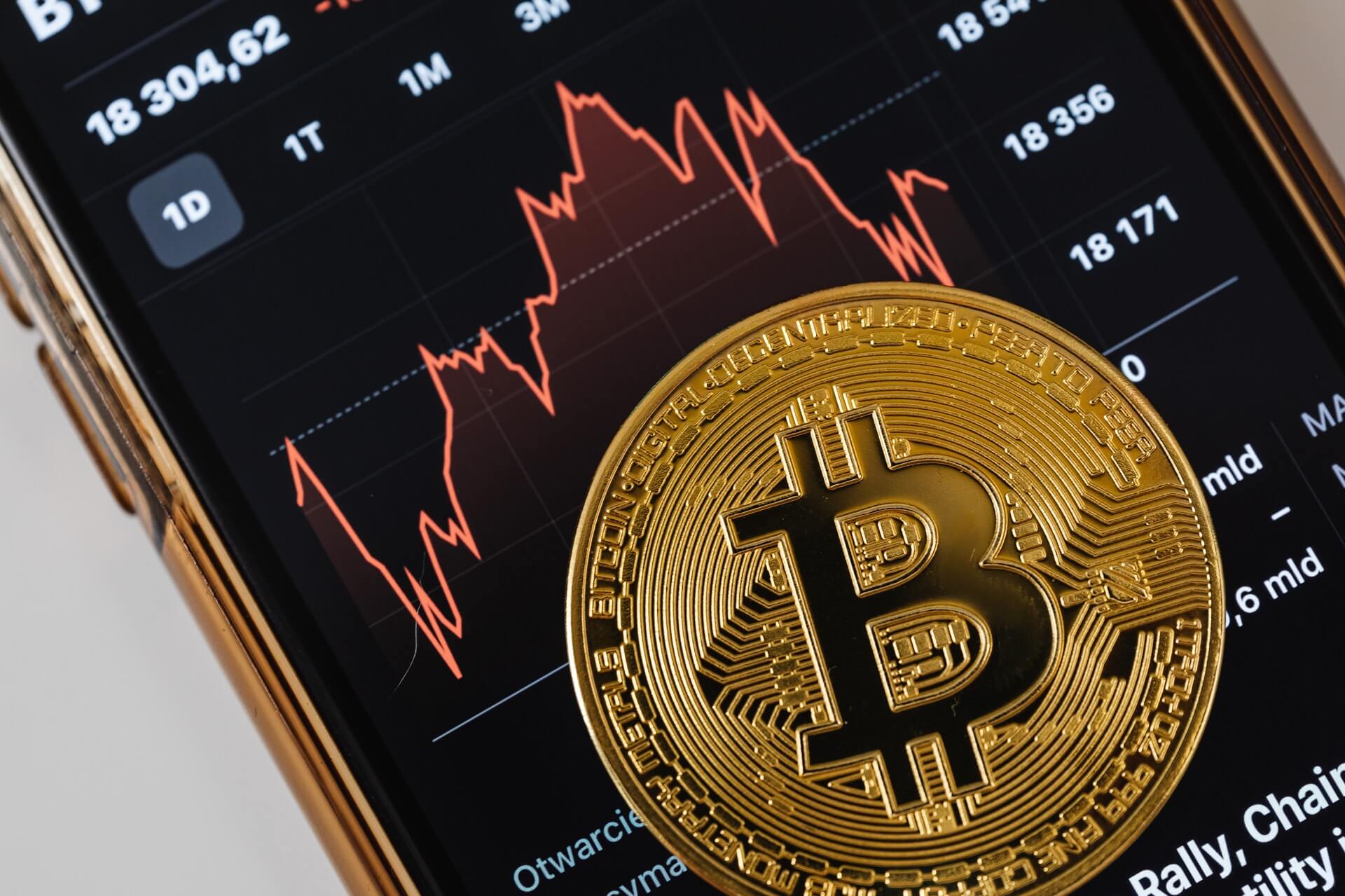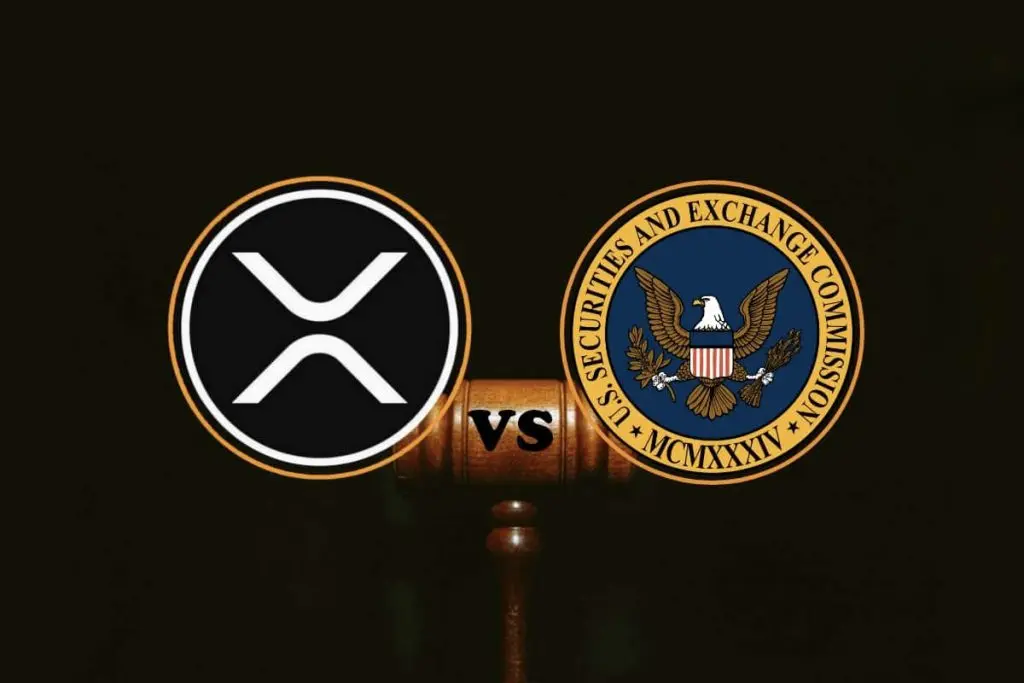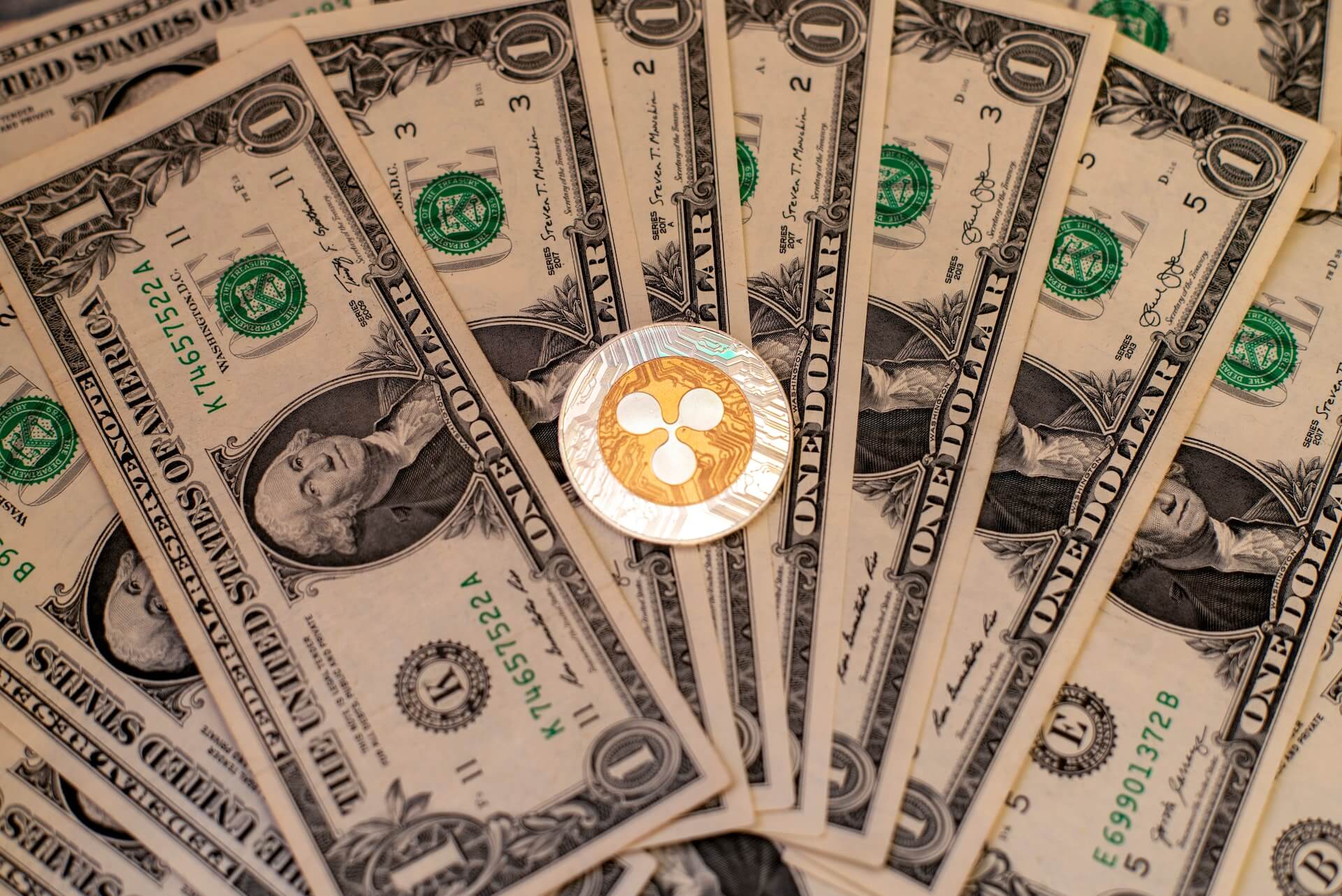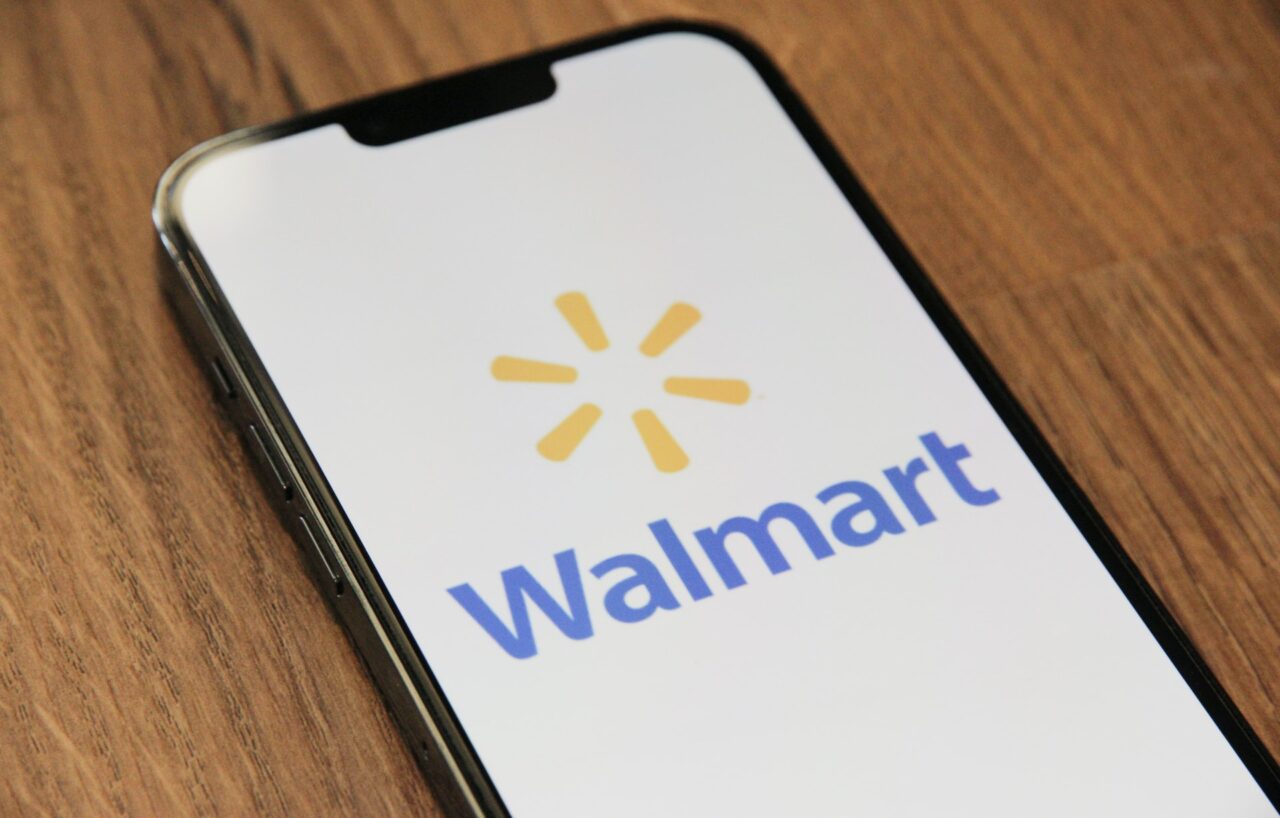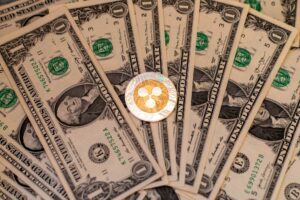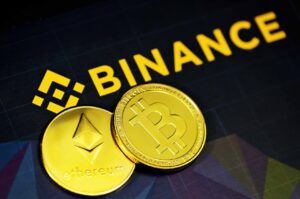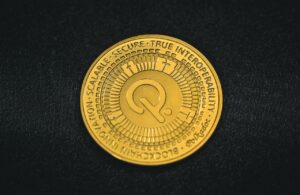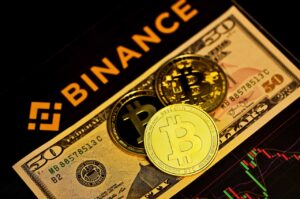Key Takeaways
- What is Cardano?
- Cardano’s blockchain architecture: CSL and CCL
- Uses for ADA Cardano
- Cardano price and supply
after its launch in September 2017, Cardano’s ADA token stayed largely under traders’ radar until the end of November. Since then, the cryptocurrency has risen 1,520%. With a market capitalization of $18.8 billion,
Cardano is currently the fifth most valuable cryptocurrency. Blockchain and cryptocurrency started with Bitcoin (BTC), which took the world by storm in 2009 when it was introduced by the mysterious pseudonym, Satoshi Nakamoto. Because of the unique design of Bitcoin and the first cryptocurrency, the cryptocurrency has become hugely popular as an alternative shop, followed by Ethereum in 2015.
One of the key new features Ethereum has to offer is its smart contract capability, which could speed up transactions and payments and execution of agreements automatically when certain conditions are met.
Ethereum has grown into an imposing network and has become a hotbed for decentralized finance (Defi) rather than fungible tokens. After Bitcoin and Ethereum, Cardano is one of the most famous blockchain platforms today. But it wasn’t always like that.
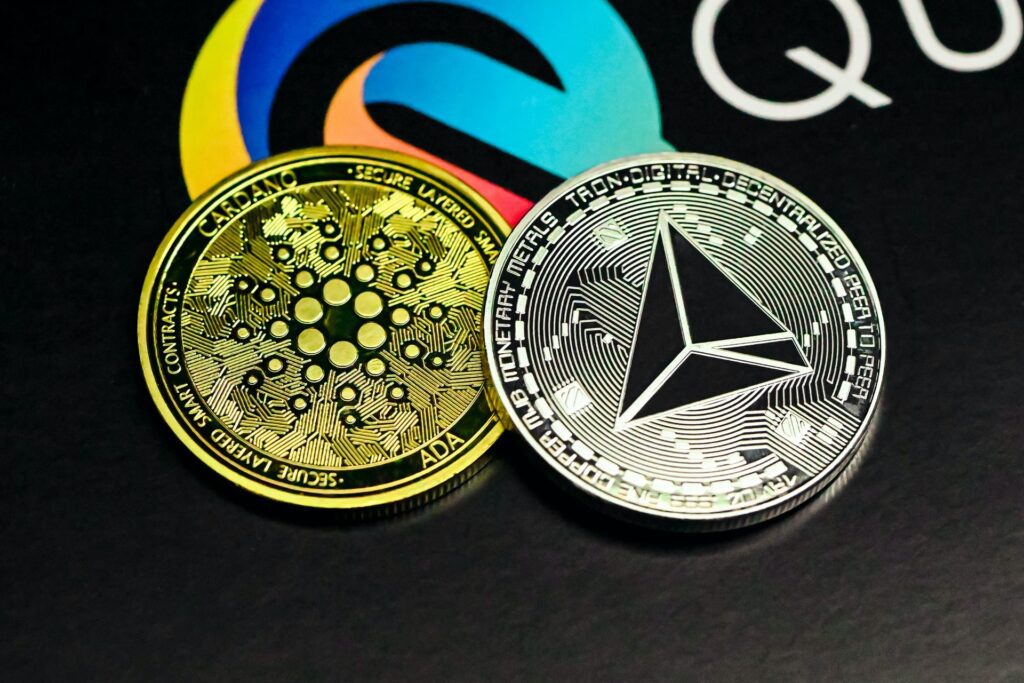
Almost a year ago Cardano’s native cryptocurrency ADA fell to its all-time low of less than $0.02, but a lot has happened in the past year. ADA has grown by nearly 7,400% since then. At the time of going to press, Cardano’s ADA-Coin is the third-largest cryptocurrency in the world after Bitcoin and Ethereum’s ETH in terms of market
capitalization. Now let’s take a closer look at the Cardano project, this is it. About and what the future holds for this so-called third-generation blockchain.
Cardano
Cardano is an open-source public blockchain platform that has its own cryptocurrency token called ADA. The network will one day also support smart contracts, which are contracts that automatically execute their own terms or agreements. This Cardano item is still under construction and is therefore not yet widely available.
However, Cardano prides itself on having very brilliant minds on its system with the help of scientists from universities such as the University of Edinburgh and the Tokyo Institute of Technology. This is the part of the blockchain platform that hosts ADA.
Its purpose is to improve some of the scale problems that exist with Bitcoin, Ethereum, and other first and second-generation cryptocurrencies. It is also coupled separately to the Cardano Computing Layer, which allows users to customize the rules of their transactions.
Development of the Cardano platform began in 2015, although it didn’t finally hit the market until 2017. Charles Hoskinson is the founder of Cardano.
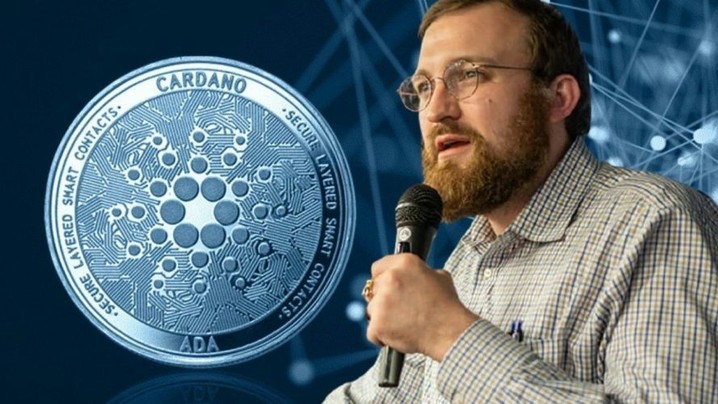
Charles Hoskinson saw the need for a more standardized, and scalable blockchain. With his mathematics background, Hoskinson began thinking about more scientific ways to build a blockchain.
After co-founding Ethereum, Hoskinson left Ethereum and started blockchain engineering. The company is known as IOHK. Today IOHK’s focus is on developing Cardano. Cardano has a supply cap of 45 billion ADA, though it’s unclear whether that number could change in the future.
While Cardano has a largely clean history, some have dismissed the platform’s insistence that it is safer and faster to use than many other cryptocurrencies. These critics tend to address the fact that the Cardano platform requires more synchronization across the blockchain than is normally there. For example, while Cardano might assume that a certain number of nodes are online at the same time, the reality is that nodes are offline more often, which can lead to lost transactions.
Like other cryptocurrencies, ADA – Cardano is a digital currency that can be used to store values or to send and receive funds. The ADA cryptocurrency runs on the Cardano blockchain, a unique decentralized network that is based entirely on scientific foundations and mathematical principles and was developed by experts in the fields of cryptography and technology.
The Cardano blockchain can be used to create smart contracts and, in turn, create decentralized applications and protocols. Plus, the ability to send and receive money instantly for minimal fees. , has many uses in the business and financial world. Rather than trying to thwart global regulators, Cardano is building a blockchain with regulations in mind to provide all financial services.
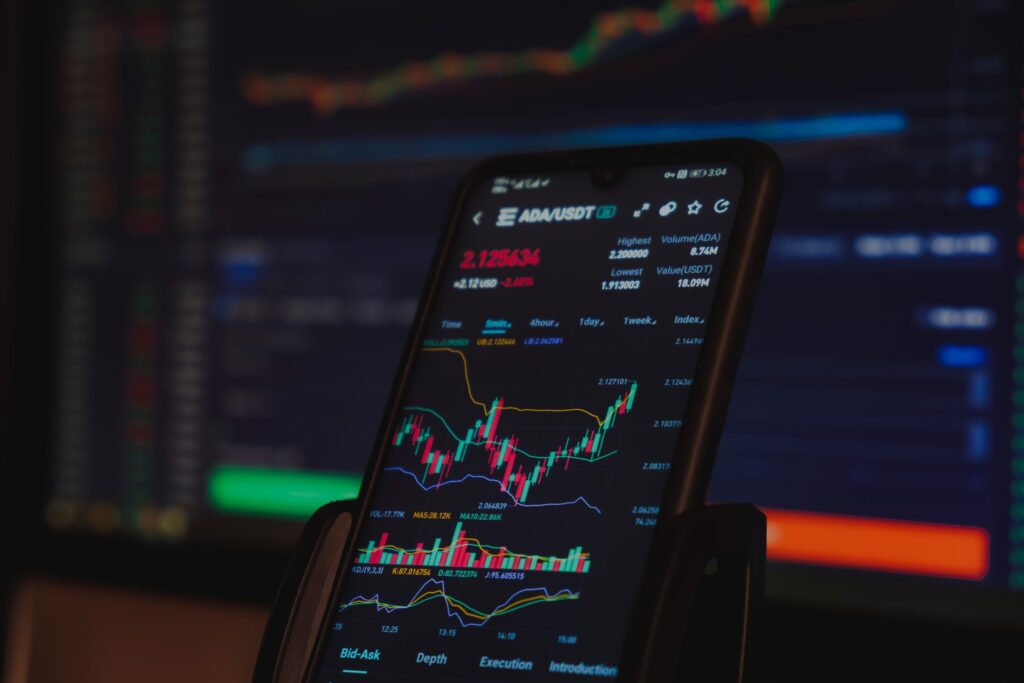
Cardano aims to solve many of the current problems facing the blockchain industry. These include: Using math to provide a demonstrably secure blockchain that is less vulnerable to attack Separating the accounting and computing layers Creating a secure voting mechanism for token holders A consensus mechanism that is infinitely scalable.
Cardano has been different from other blockchain projects from the start: rather than publishing a whitepaper, Cardano has adopted a collection of unique design principles, best engineering practices, and ways for continuous research to achieve its goals. Challenger achieved worldwide fame in just a few years. The project remains completely open-source and patent-free.
Cardano’s blockchain architecture: CSL and CCL
The Cardano blockchain is divided into two layers, the Cardano Settlement Layer (CSL) and the Cardano Computing Layer (CCL), which separates Cardano from the regular smart contract platform. Ethereum has a single-tier architecture that has resulted in network congestion. ,
slow transaction speed, and high gas charges. Cardano is trying to address these issues through CSL and CCL. Its CSL layer facilitates peer-to-peer transactions such as token transfer between users. CSL is Cardano’s account book. — Participation consensus algorithm (Ouroboros protocol) for generating new blocks and confirming transactions, Cardano would like to improve the Bitcoin proof of work protocol.
At the CCL level, Cardano really stands out. Execution of smart contracts. This shift operates separately from the idle shift to provide flexibility if changes are required. greater flexibility in data storage and an access model that allows users to create custom rules when validating transactions.

The Cardano blockchain consists of two main components: The Cardano Settlement Layer (CSL) acts as the unit of account and is the place where token holders can send and receive ADA instantly with minimal transaction fees.
Of protocols that form the backbone of the blockchain and help execute smart contracts, ensure security and compliance, and enable other advanced features such as blacklists and identity recognition. And safe programming language.
Cardano is working on a specially developed consensus-proof-of-stake (PoS) blockchain protocol called Ouroboros. This consensus mechanism makes it possible to send and receive ADA easily and securely at any time and at any time from smart contracts on the Cardano blockchain. At the same time, Ouroboros, as a PoS consensus mechanism, offers rewards for token holders who place their ADA on the network. Work and help ensure consensus in the network.
The Ouroboros process goes like this:
The Cardano blockchain is divided into two layers, the Cardano Settlement Layer (CSL) and the Cardano Computing Layer (CCL), which separates Cardano from the regular smart contract platform.
Ethereum has a single-tier architecture that has resulted in network congestion. , slow transaction speed, and high gas charges. Cardano is trying to address these issues through CSL and CCL. Its CSL layer facilitates peer-to-peer transactions such as token transfer between users. CSL is Cardano’s account book.
Participation consensus algorithm (Ouroboros protocol) for generating new blocks and confirming transactions, Cardano would like to improve the Bitcoin proof of work protocol. At the CCL level, Cardano really stands out. Execution of smart contracts. This shift operates separately from the idle shift to provide flexibility if changes are required. greater flexibility in data storage and an access model that allows users to create custom rules when validating transactions.

The Cardano blockchain consists of two main components: The Cardano Settlement Layer (CSL) acts as the unit of account and is the place where token holders can send and receive ADA instantly with minimal transaction fees.
Of protocols that form the backbone of the blockchain and help execute smart contracts, ensure security and compliance, and enable other advanced features such as blacklists and identity recognition. And safe programming language.
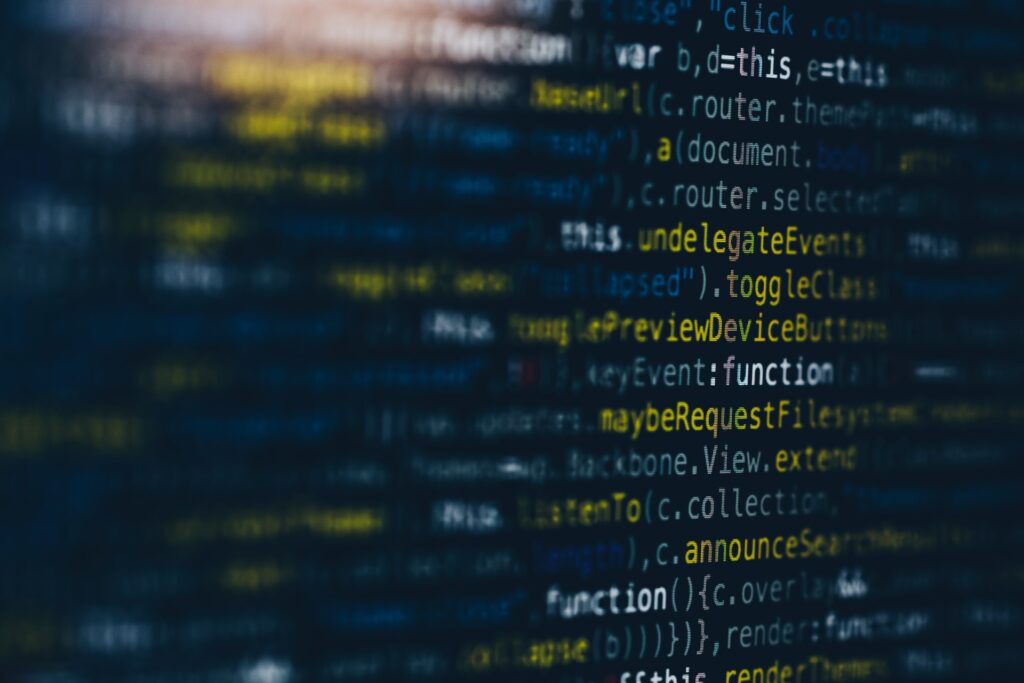
Cardano is working on a specially developed consensus-proof-of-stake (PoS) blockchain protocol called Ouroboros. This consensus mechanism makes it possible to send and receive ADA easily and securely at any time and at any time from smart contracts on the Cardano blockchain. At the same time, Ouroboros, as a PoS consensus mechanism, offers rewards for token holders who place their ADA on the network. Work and help ensure consensus in the network.
The Ouroboros process goes like this:
- The network randomly selects a few nodes to have the opportunity for mining new blocks. These nodes are known as slot leaders.
2. The blockchain is split into slots, each of which is called an epoch
3. Slot leaders have the ability to mine their specific epoch or subpartition of an epoch. Any participant who helps mine an epoch or part of an epoch receives a reward for their services.
4. An epoch can be partitioned infinitely. This means that the Cardano blockchain is, in theory, infinitely scalable, making it possible to run as many transactions as needed without hitting a bottleneck.
How Ouroboros Works
In general, Ouroboros works like this: it divides physical time into epochs, which consist of slots that are fixed periods of time; the slots are comparable to work shifts in a factory, currently an epoch lasts five days and a slot one second, but these numbers are configurable and can be changed after an upgrade proposal.
The eras work circularly: when one ends, another begins. Each slot has a slot leader chosen by a “lottery” system. In this system, the higher the stake, the higher the
chances of winning the lottery. Slot leaders are responsible for the following tasks: Validate transactions create transaction blocks adding newly created blocks to the Cardano blockchain requires a small number of ADA owners to be online and maintain a good network connection
To further reduce energy consumption, the algorithm incorporates the concept of stakeholders. and select some to represent the group during protocol execution, which makes it easy to participate and guarantees blocks to be created even if some of them are offline.

The biggest advantage of Ouroboros is its mathematical security when choosing blockchain validators. Other blockchains claim that they pick block validators at random, but these claims cannot be verified. On the other hand, Ouroboros offers a testable way to randomly select a validator and ensure that all token holders who put ADA on the Cardano blockchain have a good chance of mining a block and receiving the associated reward.
This eliminates the need for excessive computing power that prevails in proof-of-work (PoW) blockchain networks and ensures an objectively fair wager. Model not found in any other PoS blockchain protocol.
Daedalus wallet
In contrast to other major cryptocurrencies such as Bitcoin and Ethereum. With the Daedalus wallet, users not only get a wallet, but they also operate a complete blockchain node that gives them full control over their funds and the ability to ensure transparency over the Cardano blockchain. In addition, Daedalus serves as the only wallet in which ADA holders can participate in Cardano’s participation system.
Since Cardano operates a PoS blockchain protocol as mentioned above, token holders can receive rewards for delegating ADA or running a betting pool within the Daedalus wallet, offering Cardano holders (ADA) the opportunity to earn cryptocurrencies while supporting the network.
Uses for ADA Cardano
The Cardano currency can be used as a transfer of value in a similar way to current cash. This is not much different from other cryptocurrencies such as Ethereum and Bitcoin, but ADA has other uses. is their PoS blockchain protocol, where ADA is applied
to the blockchain to help “stakeholder operators” successfully validate transactions on the blockchain. This is where Cardano crypto comes into play. Those who stake their ADA on the blockchain will be rewarded with more Cardano crypto for their efforts. This participation system helps to maintain security throughout the blockchain. There is also the use of ADA in voting.
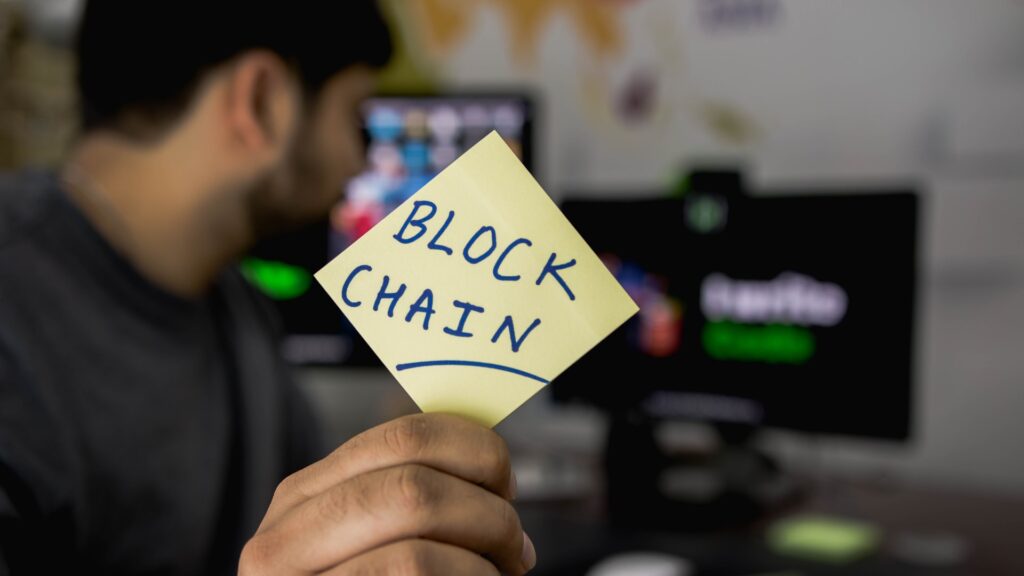
In Cardano, unlike other blockchain projects, this is not the case. The miners who vote and decide on the protocol changes are tokens. Therefore, whenever a new change or development to the Cardano blockchain is proposed, Cardano’s cryptocurrency holders will use their ADA to vote on those proposals. In this way, all owners of the cryptocurrency have one vote and one vote.
In its development. In the future, ADA will also be used to run the smart contract platform on the Cardano blockchain. Developers will use ADA to create smart contracts and applications that run on the secure and decentralized Cardano blockchain. How these contracts are carried out.
Cardano price and supply
A person has two options when investing in the cryptocurrency market: First, they can buy real cryptocurrencies, such as buying Cardano on an exchange like Bittrex, CoinEx, or Binance so that they own the ADA themselves. This is considered a long-term investment. Since the person waits for the price to rise significantly, they can then sell their Cardano ADA coins for a profit or trade a contract for difference (CFD) on a certain cryptocurrency and speculate on the price difference.
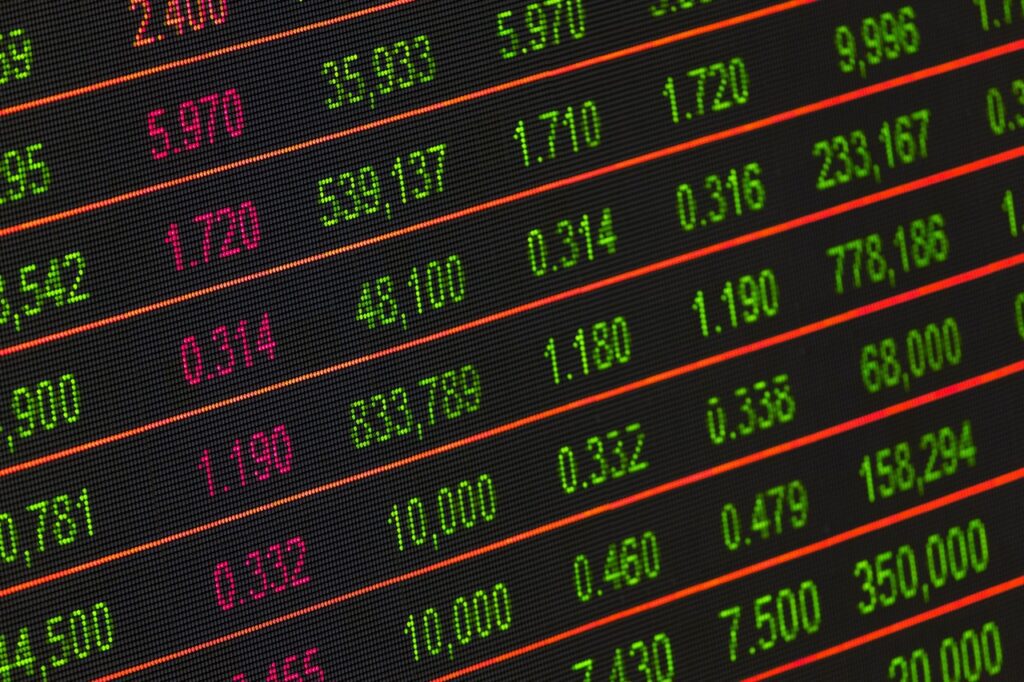
CFD is a type of contract, typically between a broker and an investor, in which one party agrees to pay the other the difference in the value of security between opening and closing the trade. When you invest in Cardano CFDs, you have the option to trade ADA both ways.
Regardless of whether you see the ADA market forecast and forecast positive or negative, you can try to take advantage of future price movements up and down. a long position speculating that the ADA price will rise or a short position speculating that the price will fall. This is considered a short-term investment as CFDs are used for shorter terms.
To raise funds to develop the project, the team raised approximately $63 million during its ICO. The cryptocurrency Cardano made a surprising entry into the market: In the first week after its launch, ADA experienced dramatic growth, rose in value, and reached a market. Capitalized more than $600 million as of October 1, 2017. It quickly got listed on
most of the major cryptocurrency exchanges. On November 29, 2017, ADA increased more than 142.41% and increased its market cap to $3.5 billion in January 2018, the value of Cardano crypto hit an all-time high of $1,162, with a market cap greater than $33 billion peaked.
In terms of Cardano’s price history, like any other cryptocurrency, it has been on a chaotic growth path: the ADA opened for trading in October 2017 at a price of $0.025 and fell to its all-time low of $0.017354 on the same day.
However, in just 3 months, ADA saw increasing interest from international cryptocurrency enthusiasts and hit its record high of $1,162 on January 4, 2018, a growth of more than 45 times, which is pretty impressive considering the cryptocurrency standards. As of 2018, Cardano Crypto (ADA) crashed and dropped to $0.13 in March. In 2019, after hitting a $0.37 mark in May, the ADA coin entered an upward trend and will trade in the $0.0308 to $0.1 range for the remainder of the year.
The value of ADA has historically been as volatile as most other cryptocurrencies and, like these other crypto platforms, it is more speculative, so it is not a particularly safe investment. Again, you should only invest in ADA if you are okay with a possible decline in value.
The value of ADA routinely moves in the tens or even hundreds of percentage points. The last time it was as high as it is now, it lost a lot of value after a short time. If you have a chance to be one of the winners in the cryptocurrency market then it can be a worthwhile investment even if it is volatile now. While you can’t take down Cardano’s ADA, you can bet on it.
When gambling, you need to keep your Cardano wallet open and receive some of the ADA tokens that you already have as payment. It’s a simple process and the more tokens you wager, the more you can get.

High fees were a limiting factor for the Defi space. As the appeal of these locked record projects increases, Ethereum’s gas fees have made them a costly endeavor, and Cardano is looking to fix this and more with its Mary update. You can now create custom tokens or import projects from other blockchains into the Cardano network.
This could be beneficial for new and interesting projects like the Defi and NFT ecosystem. Will Cardano’s Mary update finally position the former underdog as a serious challenge for Ethereum? ? While Cardano is innovative, other blockchain platforms, including Ethereum, are in a race to solve problems like scalability and sustainability, but in the world of technology, the best technology doesn’t necessarily
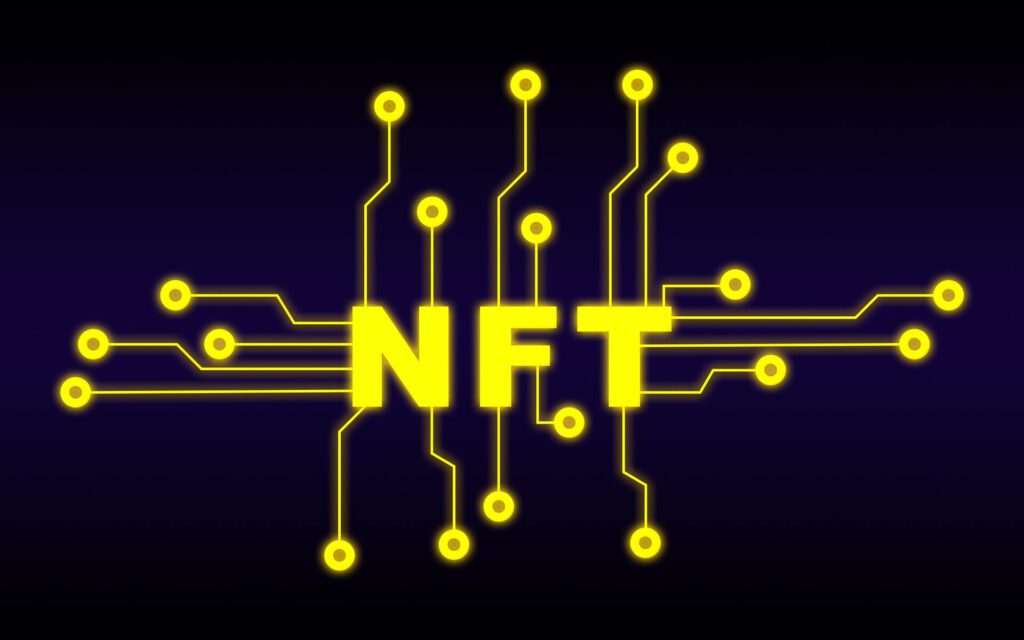
win, it wins the best Time will tell whether Cardano’s strategy for Africa and Fortune 500 will prevail.
Smart contracts functionality is slated to arrive at the Cardano platform in the second quarter of 2021. Developers have also announced that the blockchain will be compatible with Ethereum-based smart contracts later in the year, potentially allowing you to run a wide variety of existing smart Contracts.
Applications and enable developers to work on Cardano projects using the well-known Solidity programming language. Cardano also plans to fully decentralize through the implementation of community-driven governance and an automated treasury system to fund the future of the network.

